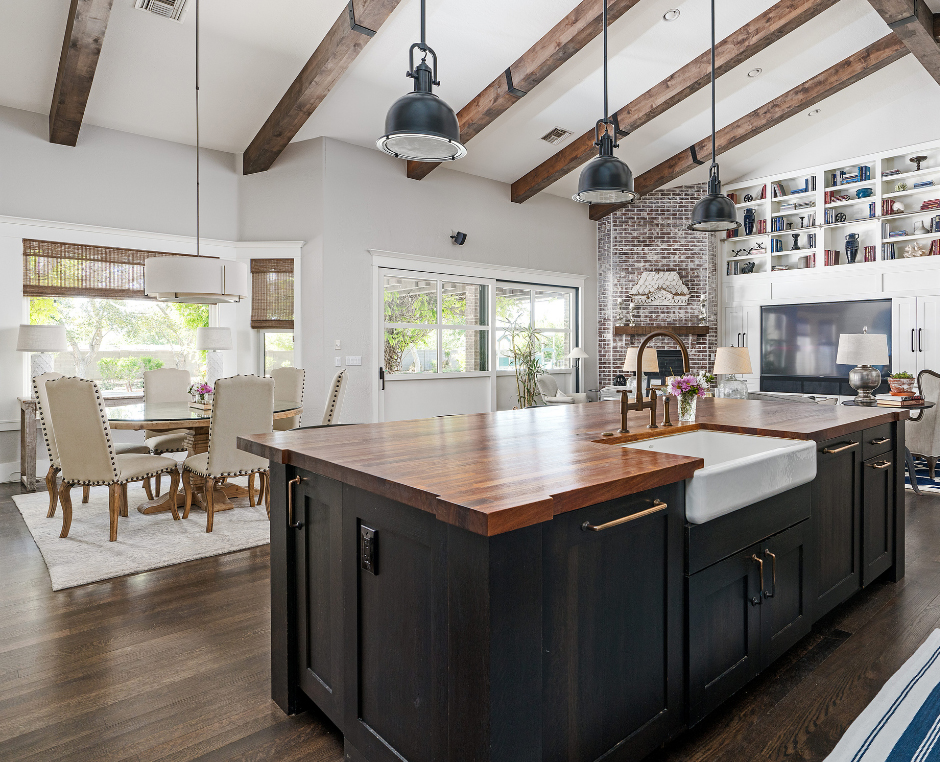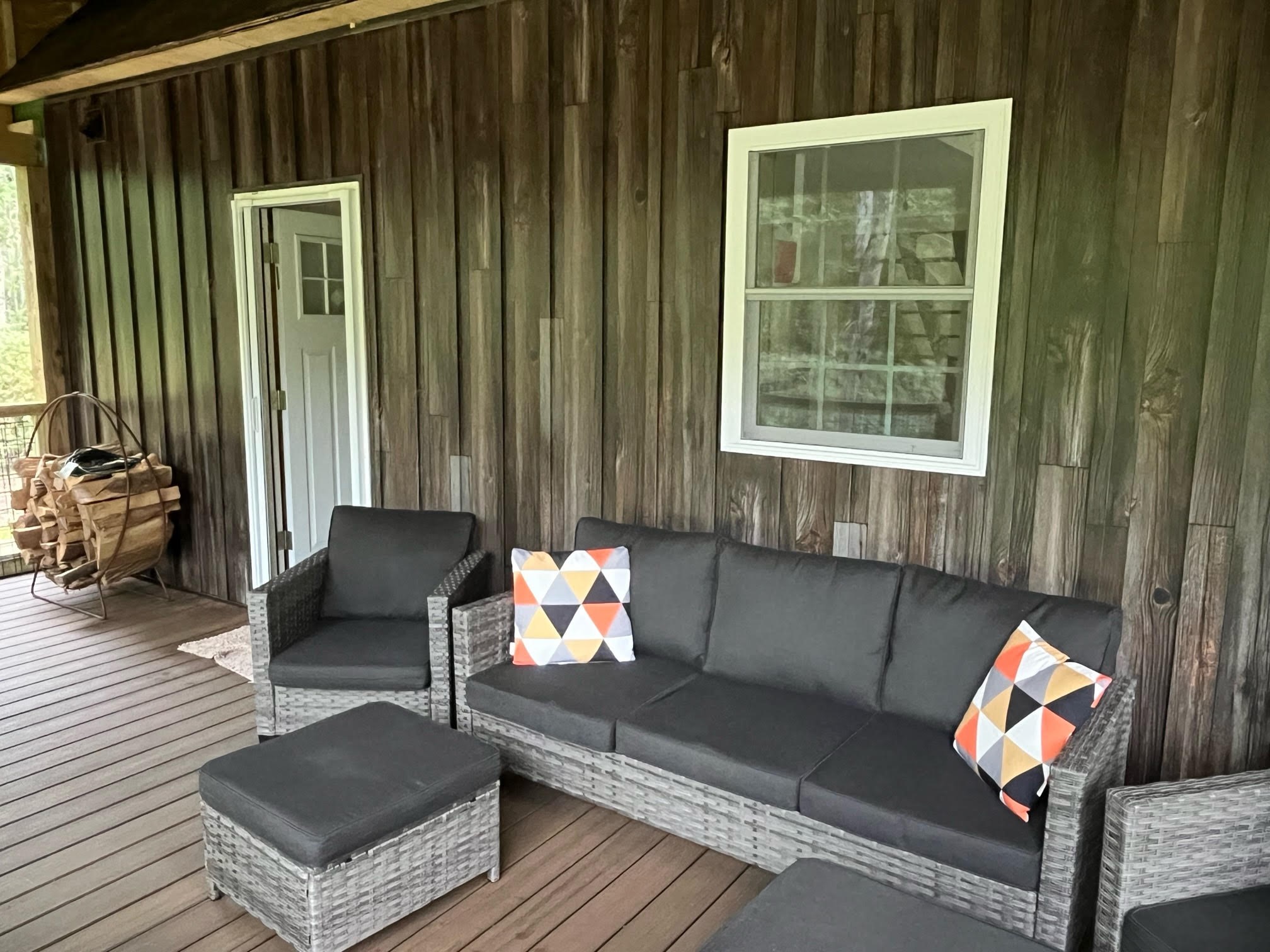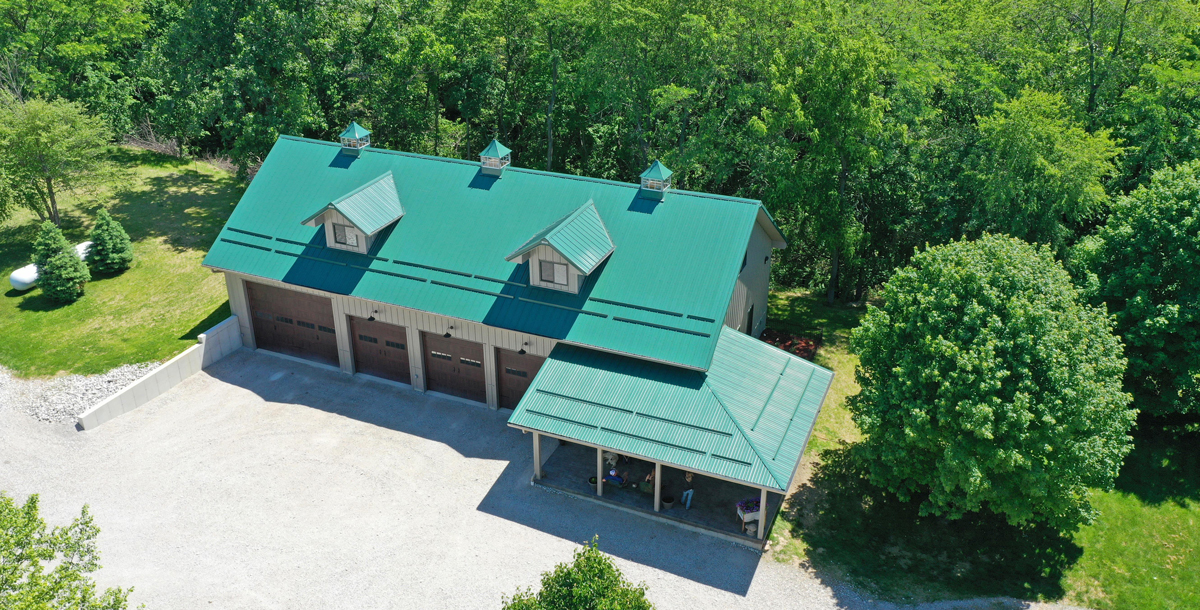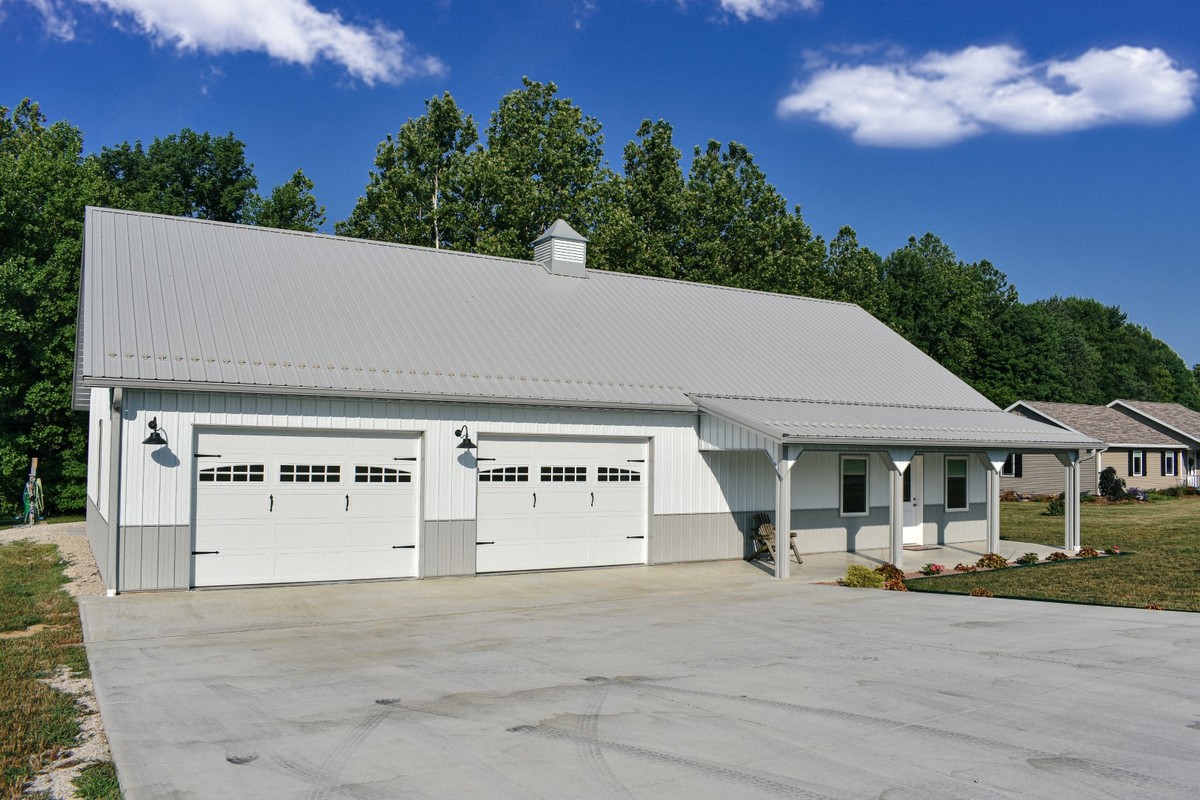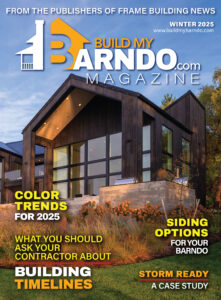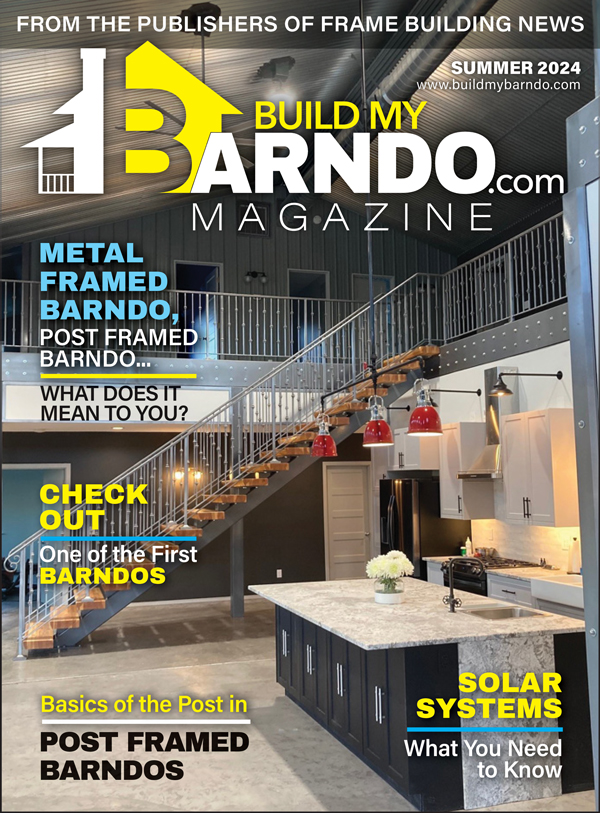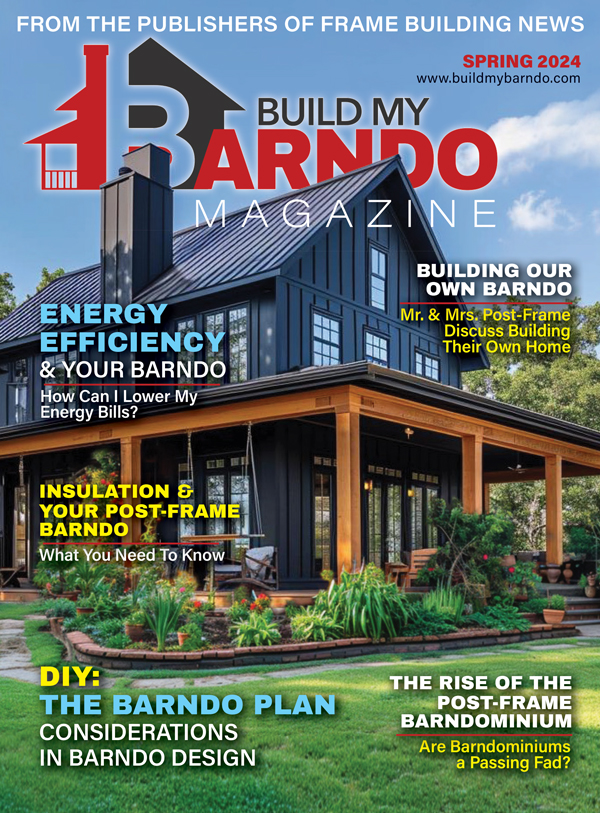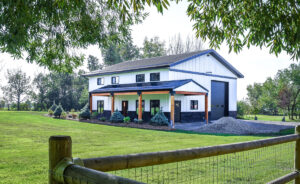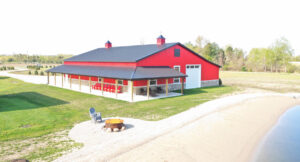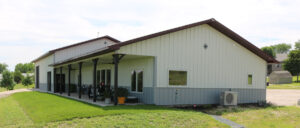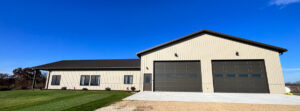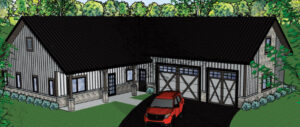The Rise of the Post-Frame Barndominium
By Randy Chaffee
Barndominiums are very popular by all accounts, but is this popularity eventually going to fizzle out? Human nature tends to cling to the comfortable and familiar, viewing what is new with suspicion, perhaps labeling it a fad. It is understandable, after all the familiar way of doing things became the paradigm presumably because it works. That always makes it difficult to say whether a new thing or a new way of doing something is a passing fad or here to stay. However, we can start looking for clues by examining how and why the “fad” began.
In the case of the barndominium, their predecessors were built back in the 1920s when farmers began reusing old telegraph or telephone poles to build inexpensive agricultural buildings: pole barns. Since then, post frame buildings have undergone an amazing evolution. From humble beginnings they have given rise to beautiful, even luxurious barndominiums. These structures have captured the imagination of homeowners, builders, and designers alike.
The Origins of Post-Frame Construction
Post frame construction, also known as pole barn construction, has its roots in agricultural settings. Historically, farmers needed cost-effective and efficient ways to build shelters for livestock, store equipment, and protect crops. Traditional methods of construction, such as stick framing, proved to be time-consuming and expensive. Post-frame construction offered a solution.
The concept is simple yet ingenious. Large wooden poles were set deep into the ground to serve as the foundation and structural support for the building. Horizontal beams, known as girts, are then attached to the posts to form the framework. This method eliminates the need for a continuous foundation and allows for quick and flexible construction that generally makes a post-frame project go much quicker than other buildings.
Evolution and Adaptation
Over time, post-frame construction techniques evolved to meet the changing needs of property owners. What began as basic agricultural structures soon found applications in commercial and industrial settings. Warehouses, storage facilities, retail outlets, and even aircraft hangars began to incorporate post-frame construction due to its affordability, durability, and versatility.

As the demand for more adaptable and aesthetically pleasing structures grew, architects and designers began to explore creative ways to enhance the visual appeal of post-frame buildings. This led to the emergence of the barndominium—a unique hybrid of a barn and a condominium. Barndominiums retain the spaciousness and functionality of traditional barns while offering greater energy efficiency, modern amenities and stylish living spaces.
The Rise of Barndominiums
Barndominiums have become increasingly popular in recent years, particularly in rural and suburban areas. These structures offer the opportunity to combine rustic charm with contemporary design elements, creating one-of-a-kind living spaces that are both practical and visually pleasing.
One of the key advantages of barndominiums is their flexibility. They feature open floor plans and expansive interiors and can be customized to suit a wide range of lifestyles and preferences. Whether used as a primary residence, a vacation home, or a weekend retreat, barndominiums offer endless possibilities for personalization and creativity.
Barndominiums Today and Into the Future
A notable trend in modern post-frame construction is the incorporation of eco-friendly materials and sustainable design practices. As concerns about environmental conservation and energy efficiency continue to grow, builders and designers are exploring ways to minimize the environmental impact of their projects. From using recycled materials to implementing energy-efficient systems, sustainable post-frame buildings are leading the way towards a greener future.
Looking ahead, the future of post frame construction appears bright and promising. Advances in technology, materials, and design techniques are opening up new possibilities for innovation and creativity. From smart homes equipped with cutting-edge automation systems to eco-friendly structures built with renewable materials, the potential for your barndominium is virtually limitless.
The Conclusion
So what has our consideration of the “barndominium fad” shown? Barndominiums have come into being due to some real advantages over the traditionally built home, saving time and money and increasing efficiency and freedom of design. Do all of these advantages prove that barndominiums will become the new paradigm? The answer is no, we cannot see the future. All we can conclude is that barndominiums have many attractive benefits that make it very unlikely that this building “fad” is going away any time in the foreseeable future.
What innovative, sustainable, green, or other features are you considering including in your barndominium build? Email me at [email protected] and tell me about your plans. (Maybe your barndominium will be featured on BuildMyBarndo.com!)
Randy Chaffee brings four-plus decades of experience to the post-frame and metal roofing industries. A board member for the Buckeye Frame Builders Association and the National Frame Builders Association, follow his podcast at facebook.com/BuildingWins. No web access? Call (814) 906-0001 at 1 p.m. Eastern on Mondays to listen.


